Bergpark Wilhelmshöhe: The Magical Hillside Park Of Kassel, Germany
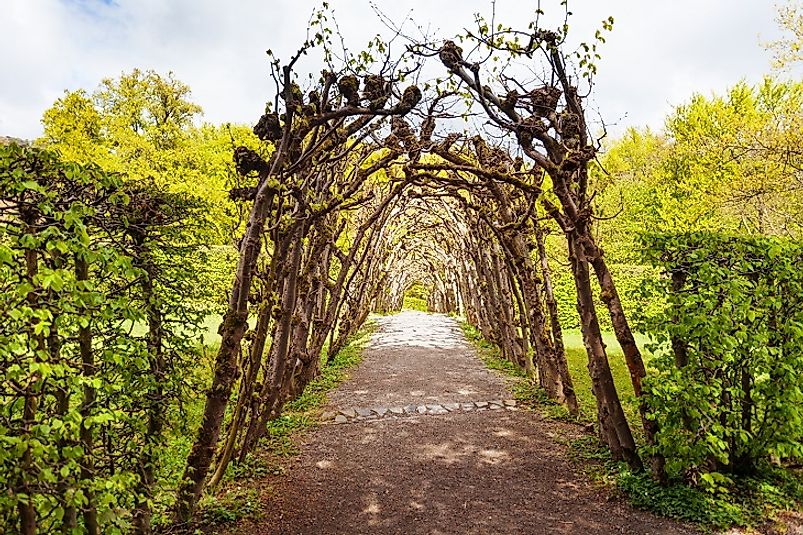
5. Location
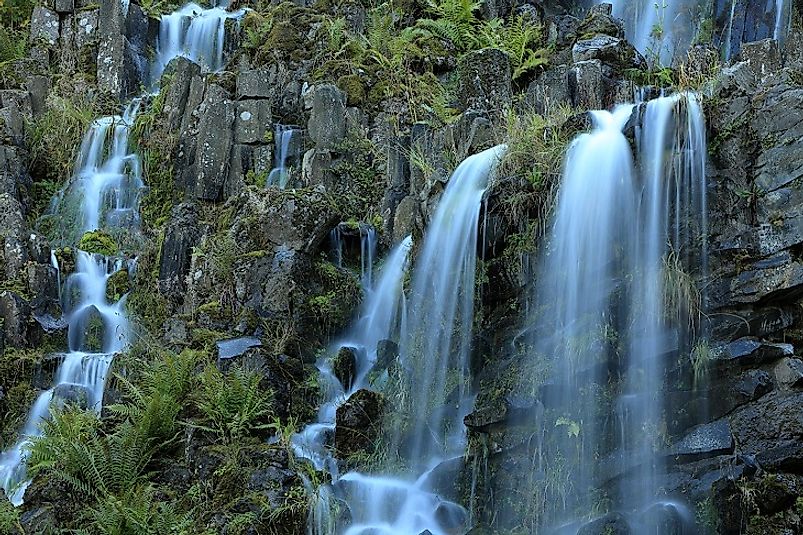
Bergpark Wilhelmshöhe covers almost 600 acres, and was declared a UNESCO World Heritage Site in 2013. Its location is on the sunny and airy Habichtswald hills, west of the center of the city of Kassel, Germany. Tourist often take the Hanover–Würzburg high-speed railway to arrive at the park. The train stop for the park is the Kassel-Wilhelmshöhe station. Visitors are in for a short hike as well as a short climb to the top of the hill where the tower topped with the statue of Hercules stands tall. A scheduled water show makes the effort worthwhile while two baroque castles affords the visitor the chance to feel like royalty. The park is in Kassel which is about two hours away from Frankfurt.
4. History and Construction
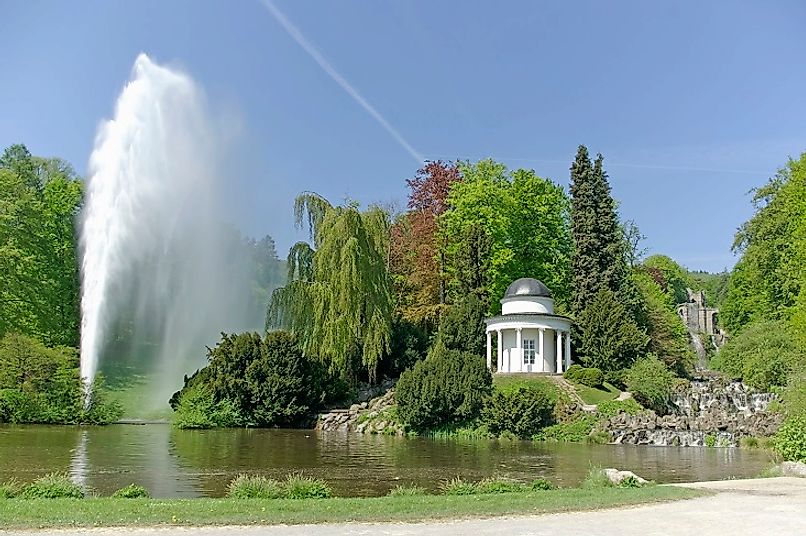
The original structure on the site was a monastery built in 1143. In 1606, Maurice of Hesse turned it into a hunting lodge. In 1701, Charles I of Hesse-Kassel commissioned Italian architect Giovanni Guerniero to begin construction of the Hercules Tower and the giant water fall. In 1785, Wilhelm IX added the Schloss Wilhelmshohe, the castle where the monastery used to stand. The Baroque gardens were also re-designed into English gardens. Later, German architect Heinrich Christoph Jussow was commissioned to build the Roman Aqueduct, Lion's Castle, water garden, devil's bridge, hell's pond, and the fountain pond. Then a waterfall was built in the water garden in 1793. Jussow was responsible for the park's central theme as it stands today.
3. Landscapes and Architecture
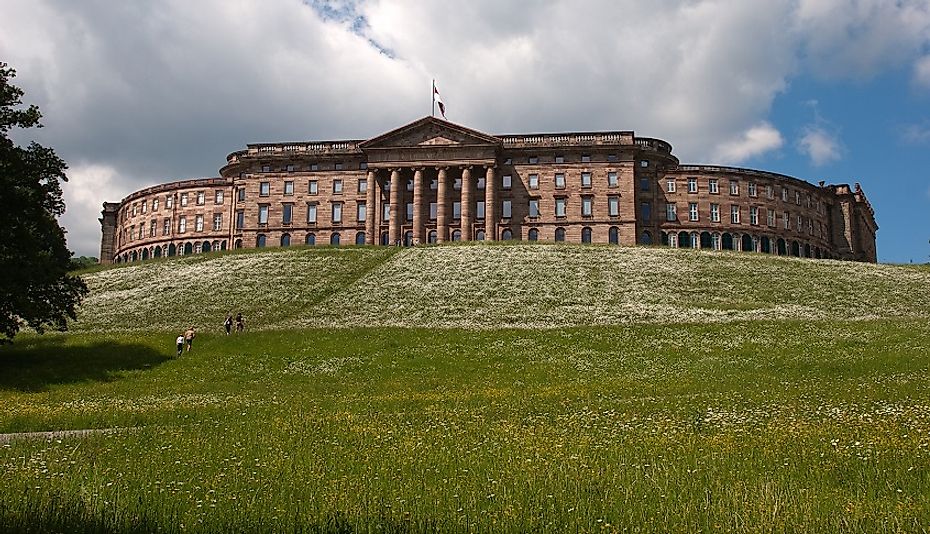
The Baroque architecture of Wilhelmshöhe Park remains a testament to the original themes conceived and built by Landgrave Karl of Hesse-Kassel in the 18th Century. However, as time passed, many other owners and descendants had their own ideas and added more buildings and outdoor themes to harmonize the park. The Castle Wilhelmshöhe was built in the Classicist style. The Lowenburg (Lion's Castle) was designed in the Romantic style. The original garden design was French Baroque, which later was changed into an English landscape style. The water displays evolved from its early water cascades to its 173 feet high water fountain. The gardens feature about 800 flora from North America and Asia including 1,500 species from the Rose family. A greenhouse also has exotic plants on display.
2. Sculptures and Artwork
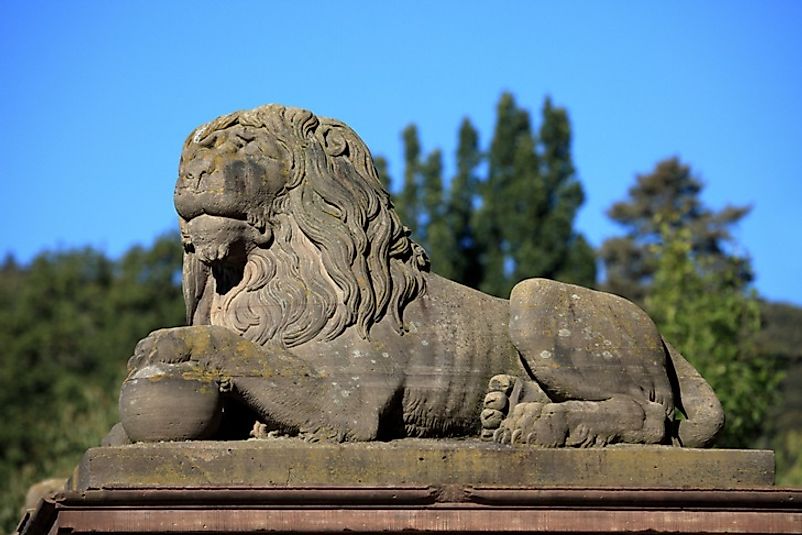
The collections of paintings and sculpture in the Castle Wilhelmshöhe are among the best in Germany. The marble statue of Apollo is one of the more popular in the castle's collection. The “Old Masters” paintings includes Old German, Dutch, and Flemish masters such as Rubens, Rembrandt, and Hals. A museum is also in the castle that has an extensive display of antiques, prints, drawings, and paintings. The museum was a later addition as a reconstruction after a bomb hit that part of the castle during World War II. The tall statue of Hercules stands on top of the tower monument on the hill where the water cascades is located.
1. Threats and Conservation
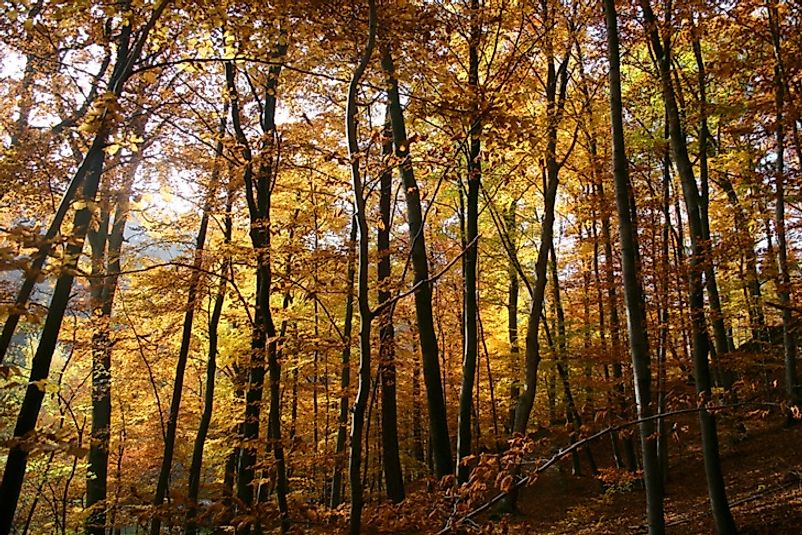
Bergpark Wilhelmshöhe or Park Wilhelmshöhe is under the protection of the Act on the Protection of Cultural Monuments, the Hessian State Planning Act, Hessian Forest Act, the Hessian Act on the Implementation of the Federal Nature Conservation Act, and the Hessian building regulations. It includes the protection and preservation of the buildings, gardens, monuments, natural resources, vistas, and views of the Park Wilhelmshöhe. The open spaces and woodlands in the watershed area is also being monitored by the Hessen-Forst State Forestry Administration. Traffic management is also being updated in and around the park with some roads turned into a boulevard and some roads inside the park closed.







